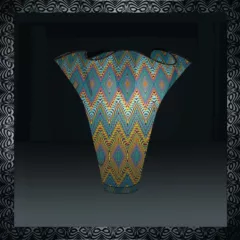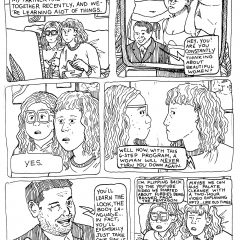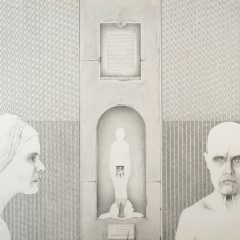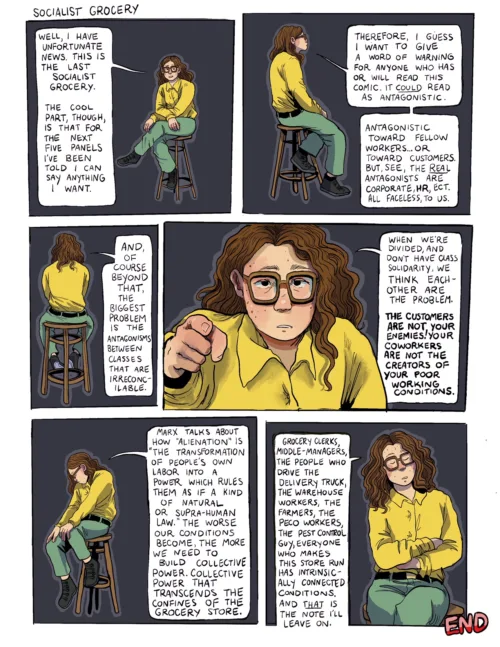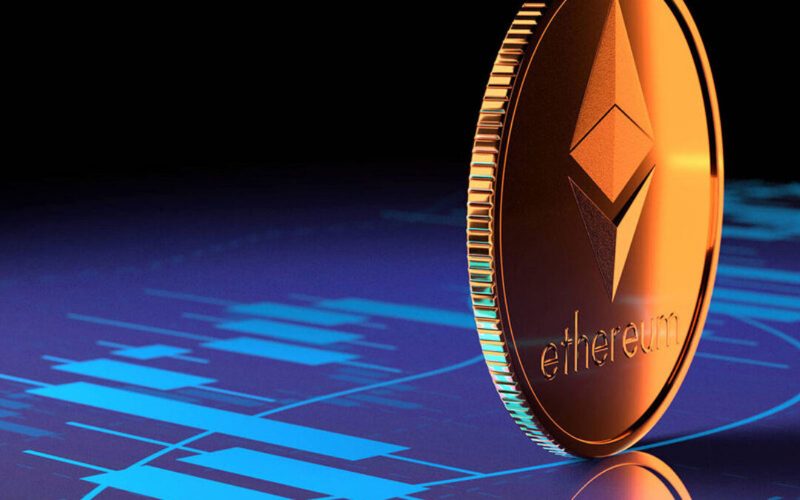
NFTs- the divisive new technology is creating a new rift in the art world. The topics of debate are issues like environmental degradation, questions around regulations for an “asset (NFT) that… does not exist,” or practices like wash trading, as (former Artblog contributor, now lawyer) Jessica Rizzo writes in her recent Wired article. But it hasn’t been as simple as crypto-artists and blue chip galleries on one side; anti-capitalists and climate activists on the other. Some artists have been attracted to NFTs before learning of the negatives.
We believe in artists being paid for their work, and know that selling art, if you can, is many artists’ ideal way to make a living. The decision to participate in the new Digital Art Market of NFTs is an individual one, but not one that should be taken lightly.
In a recent Artblog Radio interview, Rah Crawford offers his stance on the subject, which is that NFTs provide a unique opportunity to put money directly into the hands of artists, upon purchase, and in the future- every time that their art is re-sold. Sounds great, but like us, many artists are suspicious of structures that claim to help artists.
For example, coder Anil Dash and artist Kevin McCoy created the first iteration of NFTs with the intention of helping artists be compensated and credited for their artwork, as Dash explains in his Atlantic article. However, Dash says a storage shortcut in the technology (linking to the artwork instead of embedding the actual file), now in wide use, is a major problem.
But the bigger, more dangerous flaw left unaddressed before NFTs were rushed to market is that they are environmentally unsustainable. NFT marketplaces primarily use Ethereum, a cryptocurrency that “… uses about as much electricity as the entire country of Libya” says Justine Calma in The Verge. Anil Dash says:
Many enthusiasts today will respond that “clean” or “green” NFTs are already starting to circulate. But the blockchain and cryptocurrency enthusiasts of the past decade have shown that environmental responsibility is less than an afterthought. No evidence suggests that cryptotraders will make more money by embracing green NFTs.
And that’s just it. It’s easy to be idealistic when you are profiting- but not easy to accept less profit. Our position on NFTs is that in their current usage, they are ecologically irresponsible and amplify the most egregious problems about the non-digital art market– the auction houses, the multi-million dollar art trading, and the exploitation of artists for profit– to an astonishing new level.
Artblog readers wrote in after listening to our podcast interview with Rah to ask why we hadn’t covered the ecological impacts of NFTs. To be honest, we didn’t fully understand the technology at the time (tech jargon being inaccessible to most is an issue in and of itself). So we asked Rah if this was a concern of his, and it turns out that it is.
Below are Rah’s statement and the statements of Nancy Herman and Gwenn Seemel, artists and readers who wrote to us expressing their concerns about NFTs. If you have a position on, or story about, NFTs that you’d like to share on Artblog, write to Morgan at support@theartblog.org – we’d love to hear from you!
Rah Crawford: “Any systems or products that ruin the environment is not a good thing for the planet!
This includes traditional automobiles, coal mining, the meat industry, the fashion industry, widespread holiday shopping, amazon ordering, airlines, and countless other ways our society continues to wreak havoc on the earth. Computers, cell phone towers all contribute to the problem. Blockchain technology should not be isolated or singled out from our massive system of human consumption.
Blockchain tech has rapidly grown into acceptance on the planet and is changing business and finance forever. The energy issues are a real one.. and there are new ‘green’ blockchains that are being built that have less negative impact on energy consumption. This revolution is akin to the first introduction of the automobile, plane and train to modern society… they are evolving and moving toward more sustainability. The blockchain community at large is very aware and active regarding the eco footprint of the technology. Now that it has gone mainstream and less DIY, you’ll see more resources being poured in to power the backend with solar, reusable energy, etc. In short, it’s evolving…
Here’s a link for an overview of NFTs which are not limited to bitcoin in any way.
The phrase ‘a bad record of environmental destruction’ applies more to our modern society and consuming culture which existed way before blockchain tech. If we are to speak about harmful environmental behaviors.. then our cell phones, clothes, food, cars and lifestyles should be at the top of the list of that discussion.In conclusion.. there is a new technology that is changing the world.. the processing power of today’s computers and modern life keeps increasing.. and new methods of eco-friendly energy use is a major part of that innovation — from electric cars, solar powered smart grids and more…
Things are definitely not perfect.. but I do believe the overall consciousness and need to scale globally is inspiring green solutions and new consumer choices.”
Nancy Herman: “I looked into the NFTs when they first came on the scene and was about to jump in when I read about the horrible sapping of energy they use. Art is such a complicated “commodity” it is certainly worth sorting some of this stuff out.
It would seem that the advent of NFTs have finally separated the sheep from the goats in the world of art collecting. NFTs don’t even pretend to have aesthetic value. They are an investment in the possibility that they may have monetary value in the future. Not because of their artistic merit but because of some twist of fate or a celebrity connection. Those people who collect art because it is an investment in their future well being won’t have to compete with those who are collecting it for their future bank account. This may be a boon to artists who make art because they have vision and a desire to share it with others. It certainly should reignite the thinking around what is “art” and what is hype.”
NancyHerman.com
Gwenn Seemel: I listened to your recent interview with Rah Crawford and I was surprised to hear that none of you mentioned the massive environmental impact of minting, selling, and reselling NFTs. Are you planning on covering that aspect soon? It’s becoming more and more of a problem as more and more artists are hopping onto the NFT wagon after listening to interviews like this one.
Plus, the concept of locking down digital images–creating scarcity as Crawford says–is not necessarily a good thing for the world or even for artists. Here’s a good summary of the problem with ownership of digital items: Web Free-point-oh: NFTs, DAOs, the Value of Art, and the Cutest Kitty on the Internitty
Further Reading
- The Climate Controversy Swirling around NFTs – The Verge
- Damien Hirst and the Art of the Deal – New York Times
- Here is the article you can send to people when they say “but the environmental issues with crypto art will be solved soon, right?” – Everest Pipkin, artist
- NFTs Weren’t Supposed to End Like This – The Atlantic
- NFT Scams Are Everywhere. Here’s How to Avoid Them – Rolling Stone


